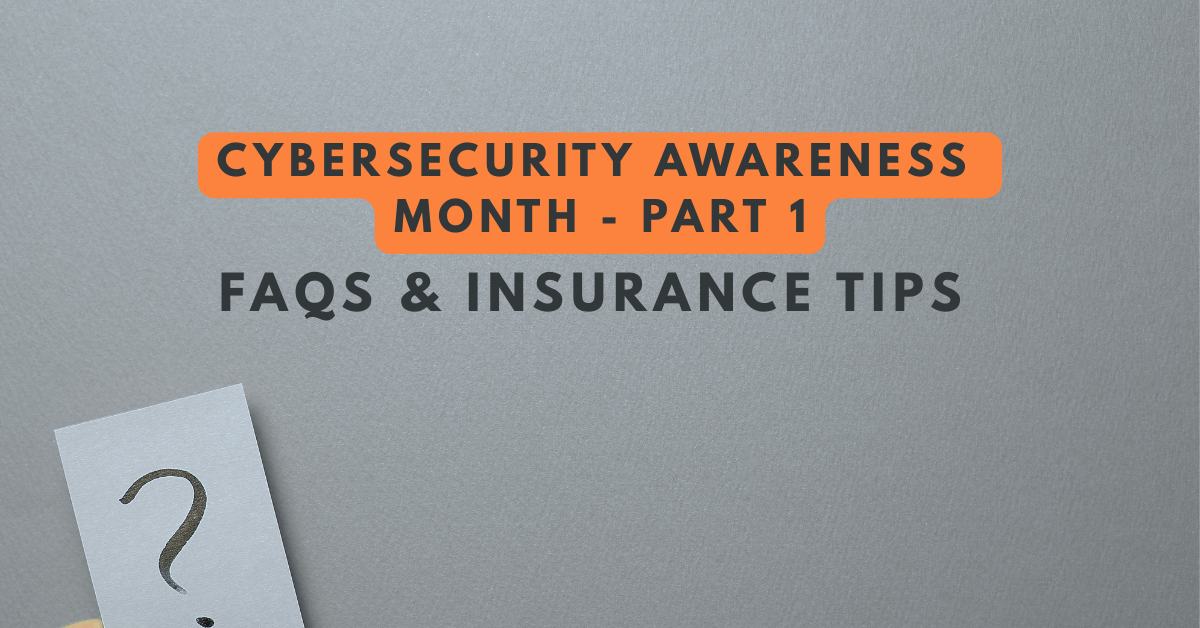Tips For General Contractors Navigating Gaps in Coverage
See How We're Different
or call us: (858) 384‑1506
Construction can be a risky business! That’s why it’s important for contractors to obtain insurance coverage and also understand the parameters of their policy. Like most other insurance policies, Contractor’s Insurance does include some exclusions or limitations, so policy holders need to know how to handle those potential gaps in coverage.
When your business has the proper coverage you can focus on doing your job and creating the best possible things for your clients.
Here are five steps we recommend to mitigate your risk and fill in those gaps:
1. Start with a good understanding of your insurance needs – To know all the types of coverage you need, you must examine your operations in-depth. For example, if your business operates commercial vehicles, that is an additional category on top of general liability insurance. We can help you with this.
2. Partner with an experienced insurance broker who can advise you – The ideal broker should have a great understanding of construction industry needs so they can recommend a policy that mitigates as much of your exposure as possible. Work with them to understand the exclusions and limitations of your policy. Ask questions such as “What gaps might there be in this coverage?” or “Based on my industry or business activities do you recommend any additional coverage?”
3. Thoroughly review your policies each year – A lot can change for your business in a year! As you grow, establish new locations, obtain new equipment, add employees, expand your offerings and make changes, gaps in coverage can form. You want to protect all your new assets and ensure that you can continue on your growth trajectory with proper, adjusted policies.
4. Always verify that subcontractors have their own insurance coverage – Ask for certificates of insurance to prove adequate coverage. You want to protect yourself from liability for their actions or accidents that may arise.
5. Consider additional policy modifications or types of coverage, such as:
- Endorsements or Additional Riders – These are modifications or add-ons to an insurance policy that alter its terms, conditions, or coverage in some way. They are used to customize a standard insurance policy to the needs or preferences of the policyholder.
- Workers’ Compensation – This is separate from general liability coverage and covers injuries that employees may sustain on the job.
- Claims-Made Tail Coverage – If you are switching or canceling your policy, this can provide coverage for claims made after its expiration.
- Umbrella – This type of policy provides additional liability coverage beyond the limits of your primary policies and can help fill gaps in your coverage.
- Removal of exclusions:
- Action Over: An “action over” exclusion in a general contractor’s insurance policy refers to a provision that eliminates coverage for claims arising when an injured employee, whose workers’ compensation claim is barred due to state laws, seeks to hold a third party liable, and that third party then pursues the contractor for reimbursement. This exclusion is significant because it can leave contractors exposed to potentially costly legal claims from third parties seeking damages for injuries to an employee, despite workers’ compensation systems typically preventing direct employee lawsuits against employers.
- Subsidence Exclusion: A subsidence exclusion in a general contractor’s insurance policy specifies that any damage caused by the sinking, settling, cracking, shrinking, or expansion of the earth underneath a structure is not covered. This type of exclusion is particularly crucial for contractors to be aware of, as it can leave them financially vulnerable for substantial repair costs if the ground movement leads to property damage or structural failure.
- Environmental Liability Insurance – If construction projects involve environmental risks, such as soil contamination or hazardous material removal, this additional policy can protect against liabilities that may arise.
- Builder’s Risk Insurance – This policy covers property damage or loss to a project under construction. It typically includes materials, equipment, and structures during construction.
- Professional Liability Insurance or Errors and Omissions Insurance – This coverage is essential for general contractors who provide design or professional services as part of their construction projects. It protects against claims related to errors, omissions, or professional negligence.
- And more! Ask your trusted insurance broker about other additional options.
To learn more about Contractor Insurance, we invite you to connect with our friendly associates by calling or texting (858) 384-1506. Our team has extensive experience working with contractors and can recommend a customized policy.
We are ready to dive into your business and ask the right questions so we can help mitigate your risk!
Reference list: OpenAI. (2023, November). [How can contractors protect themselves from gaps in insurance coverage]. Retrieved from [ChatGPT.com].







